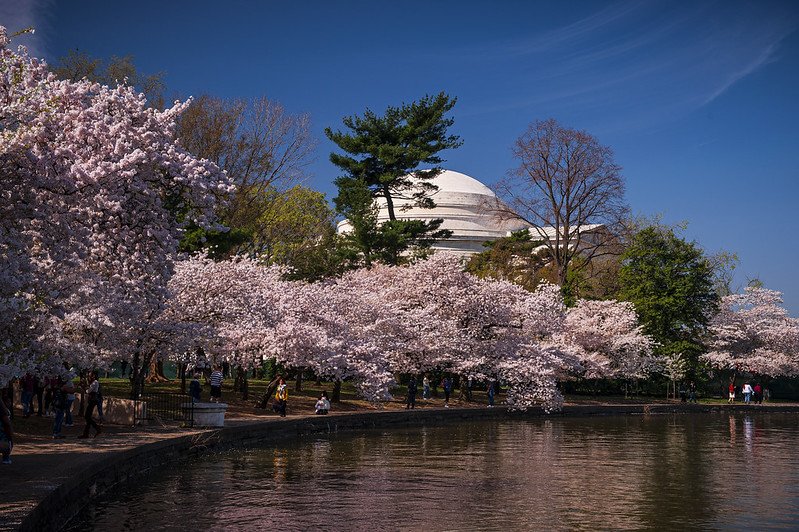DC Utilizes Green Infrastructure to Manage Stormwater
Under a consent decree from the EPA to reduce combined sewer overflows (CSOs), the District of Columbia Water and Sewer Authority (DC Water) developed a plan to construct three large holding tunnels to provide extra capacity during high precipitation events. Upon further consideration of the uncertainties regarding future heavy precipitation events and the costs associated with developing three large infrastructure projects, DC Water requested to revise the agreement.

The revised plan replaced one tunnel with green infrastructure projects to reduce the amount of stormwater runoff that the system has to handle. A capacity metric (i.e., amount of stormwater runoff managed) associated with the green infrastructure projects was adopted. Rather than an initial plan requiring a defined financial commitment ($90 million), DC Water would be better equipped to ensure the expected stormwater reduction improvements using the capacity metric.
DC Water reviewed the National Climate Assessment projections for the Northeast to better understand potential future conditions. However, no such projections were included in the capacity agreement. While no future projections were included, the agreement does provide the District of Columbia greater adaptive flexibility to scale and increase green infrastructure to accommodate future heavy precipitation events.
With the installation of green infrastructure projects in the Rock Creek Park corridor, the revised plan began providing substantive environmental, economic, and health benefits as early as 2017 as compared with the original project projection of 2024. The revised plan, upon completion in 2030, is expected to reduce CSO releases by 96% (based upon current precipitation levels).
| How did they do it? | Applicable EPA Tools |
|---|---|
Realized current approach was insufficient to meet current and future projections.
| The Climate Resilience Evaluation and Awareness Tool (CREAT) can help communities identify expected vulnerabilities. |
Selected a unique adaptation option specific to local conditions.
| The Green Infrastructure Modeling Tools can help communities predict the environmental outcomes of different design and management approaches. |
Defined performance-based metrics rather than financial metrics.
| The EPA SWMM and Stormwater Calculator Climate Assessment Tools can help communities simulate and evaluate green infrastructure performance against projected climate impacts: |
DC Long-Term Control Plan, May 2015 (PDF)(890 pp, 40 MB, About PDF)
Similar Cases and More Information
Increased precipitation events may lead to increased sewer overflows as well as threaten the water or wastewater utility facilities themselves. For more information on what a Washington, D.C. wastewater facility is doing to adapt to climate change and the threats from flooding, view Blue Plains Wastewater Facility Case. For information on a city that is moving wastewater services away from an area vulnerable to flooding view the Iowa City Riverfront Master Plan.
- Blue Plains Wastewater Facility in Washington DC Reinforces Facility Against Floods
- Iowa City, Iowa Closes Vulnerable Wastewater Facility
References
- DC Water's Green Infrastructure Projects
- Long Term Control Plan Modification for Green Infrastructure (PDF) (890 pp, 40 MB)
- DC Water’s Green Infrastructure Brochure (PDF) (3 pp, 3 MB)
- First Amendment to the District of Columbia Water and Sewer Consent Decree
- DC Water Proposes Modifying Clean Rivers Project for Green Infrastructure
